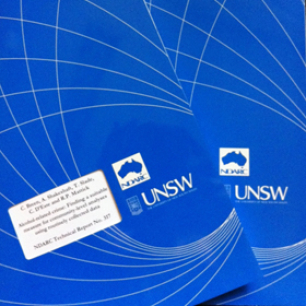NDARC Technical Report No. 303 (2009)
EXECUTIVE SUMMARY
Background: Psychostimulant use is a major public health issue, with an estimated 14 million cocaine users globally, and 15-16 million methamphetamine users. These drugs are associated with a range of serious harm, including premature death, toxicity, dependence, blood born viruses, and drug-induced psychosis. Two of the most serious sequelae, however, are cardiovascular and cerebrovascular complications, both of which occur regardless of route of administration. The study aimed to:
-
Determine the prevalence, and nature, of risk factors and cardiovascular disease symptoms amongst regular psychostimulant users; and
-
Determine the predictors of cardiovascular symptoms amongst regular psychostimulant users.
Methods: All participants were weekly or more frequent users of psychostimulants. Participants were administered a structured interview that addressed demographics, drug use history, global physical health, and cardiovascular disease history and symptoms. Questions were asked about risk factors for cardiovascular disease (smoking, family history, diabetes, high blood pressure, high cholesterol), severity and frequency of symptoms of cardiovascular disease (chest pain, chronic shortness of breath, palpitations, dizziness/loss of consciousness, numbness/tingling in extremities, ankle oedema, chronic fatigue, claudication), and perceived associations between psychostimulant use and cardiovascular disease symptoms. Participants were also asked about treatment seeking for symptoms of cardiovascular disease.
Almost all (93%) were current tobacco smokers and 51% had hazardous or harmful drinking patterns. Nearly a third (30%) had a known family history of cardiovascular disease, with no gender difference. Over a third (37%) had sought treatment for possible symptoms of cardiovascular disease, 28% in the preceding 12 months, again with no gender differences. Fourteen percent had received prescribed medications for symptoms of cardiovascular problems, 12% in the preceding 12 months.


